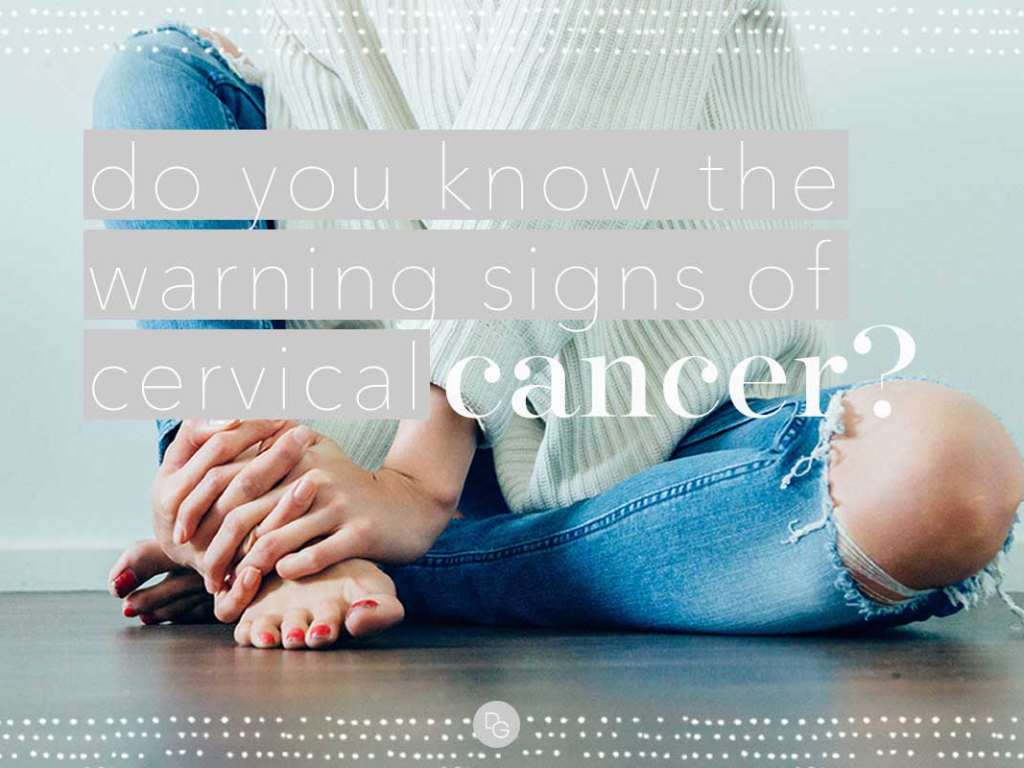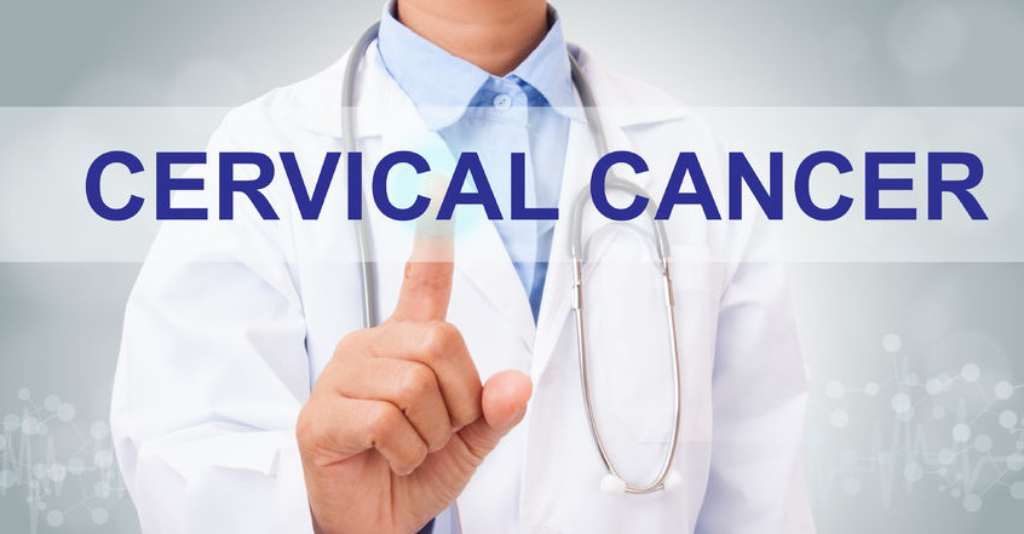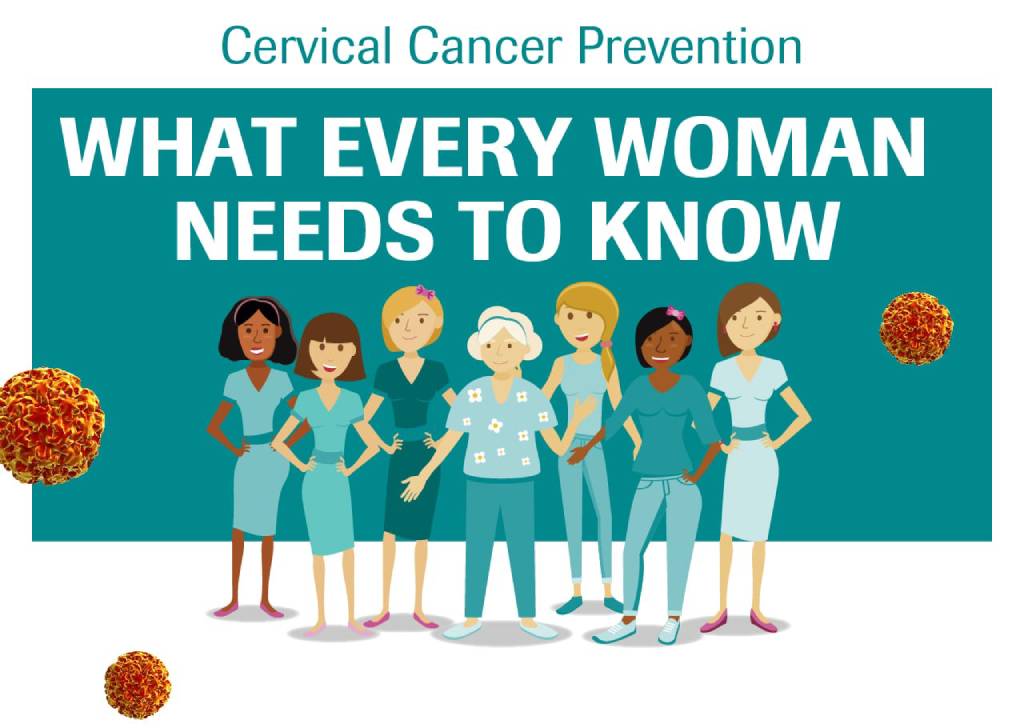What is Cervical Cancer? Intense, silent, and deadly cancer of the womb!

Celebrating the month of cervical cancer awareness, we bring to you the latest insights on Cervical Cancer.
Read to know: What is cervical cancer? Symptoms. Risks. Causes. Prevention. Treatment.
Cervical cancer is the cancer of the womb. Silent but deadly, it ranks fourth in the list of most common cancers in women. But not because it’s invincible!
Unlike most cancers, cervical cancer is highly preventable. It mostly traces back to poor lifestyle choices that reflect unawareness.
Cervical cancer was once a leading cause of death. But today, it is highly preventable with vaccines, the right food choices, lifestyle alterations, and early diagnosis.
However, this information and tools of prevention are accessible only in developed countries. WHO reports that more than 90 percent of cervical cancer deaths occurs in low-income countries.
It won’t be wrong to say, ignorance and lack of awareness are the culprits.
Hence, its high time we speak about the cervix!
What is cervical cancer?
Cervical cancer begins in the cells of the cervix. It is a hollow and narrow opening in the lower end of the uterus that connects to the vagina. In cervical cancer, the cells of the cervix get mutated and start multiplying abnormally.
What is Cervical Cancer: Causes?

1. HPV Virus
The most common cause of cervical cancer is Human papillomavirus infection. Almost 90 percent of cervical cancers are linked to HPV infection. It is an infection that spreads through sexual contact.
HPV is very common, but most women with HPV infection do not develop cancer. There are over 100 types of HPVs. And only a few types are linked to cancer. Also, when the body is attacked by HPV, it’s natural defense system gives a tough fight.
However, in some unfortunate cases, the longstanding infection may contribute to the mutation of cells in the cervix. Thus, causing precancerous changes in the cells of the cervix. These changes can be detected in screenings.
When left undetected, these cells can turn into cancerous cells.
2. Food Toxins
Research reveals that food toxins are another critical cause of cervical cancer. Toxins that are present in food items that you consume every day. The most common toxin identified by researchers is aflatoxins, a carcinogen.
Aflatoxins are produced by certain species of fungi. The type of olive green mold that is seen in the refrigerators. Food items when stored in the fridge without a proper cover can get infected with these fungi.
The most common food toxins are found in corn tortilla, rice, chili pepper, processed sauces, chicken breast, and eggs.
Every day, traces of aflatoxin is consumed with food, which, over the years, accumulates in the DNA. It decreases resistance in people and causes diseases. Aflatoxin is found to be linked with cervical cancer and liver cancer in humans.
Read about: Cervical cancer: Is toxic food a carcinogen?
What is Cervical Cancer: Risk factors?
Your lifestyle and dietary choices might be increasing the risk of cervical cancer. Check out for the following risks:
- Unsafe Sex
- Multiple Sex Partners
- Early Pregnancy before the age of 17
- Oral Contraceptives
- Smoking
- Obesity
- Low immunity
- More than three full-term pregnancies
- Lack of nutrition
- Family History

What is Cervical Cancer: Symptoms?
Cervical cancer is a silent sinister. It does not cause any prominent signs or symptoms in the early days. It grows silently under the skin. Until one day it spreads to distant organs and takes you down completely.
So, if you have ticked any one of the risk factors then its worth checking for symptoms –
- Abnormal vaginal bleeding
- Increased vaginal discharge
- Bleeding after menopause
- Bleeding after sex
- Pain during sex
- Pelvic pain
- Vaginal bleeding after sex
- Bleeding or spotting between periods
- Heavier blood flow during periods
- Other abnormal vaginal discharge
Please note that these symptoms are not specific for cervical cancer. They can be caused by a variety of conditions. It is advisable to consult a doctor if in doubt!
What is Cervical Cancer: Prevention?

Unlike most cancers, the causes of cervical cancer are known. This makes it a highly preventable type of cancer.
1. HPV vaccines
HPV vaccines are the best weapon to prevent cervical cancer and other HPV-related cancers. It fights the HPV virus and prevents it from causing abnormal mutations of the cells.
Get your girl child vaccinated before 16. Not because you doubt her about early sex. But because it’s always worth wearing the seatbelt.
The only thing with HPV vaccines is that it’s not available and accessible everywhere.
2. Pap tests
Pap smear tests can detect precancerous conditions of the cervix when it is treatable. Doctors suggest women who are sexually active and in the age range of 21 to 65 should get this test done once every 3 years.
Again, Pap tests are very expensive. It is not easily available and accessible in developing countries.
3. Safe sex
Unsafe sex is the way to get infected with the HPV virus. So, practicing safe sex cuts down the risk of getting the HPV virus. Using a condom every time, sticking to one partner and avoiding early sex and pregnancy reduces the risk.
4. Quit smoking
Smoking is a known carcinogen. It increases the risk for several types of cancer, including cervical cancer in women. It is a lifestyle choice that considerably cuts down the risk of cancer.
5. Proper nutrition
Recent research reveals that diet has a strong connection with cervical cancer. Antioxidants, carotenoids, flavonoids, and folate equips the body to fight HPV infection. It prevents the HPV virus from transforming the cells in the cervix into cancerous.
Read about: 10 Super Diet tips for preventing cervical cancer
What is Cervical Cancer: Treatment?

Cervical cancer is highly treatable when detected early. The doctor may discuss with the patient and choose the most suited approach for treatment:
Surgery
Surgery is invasive but effective. Surgery is done to remove the cancer cells. Depending on the area of spread, the doctor might remove just an area of the cervix or the complete cervix along with other organs in the pelvis.
The biggest downfall of surgery is infertility. Other side-effects include:
- Tiredness
- Bowel changes
- Bladder problems
- Menopause
Radiation therapy
Radiation therapy is another common choice of treatment for cervical cancer. Radiation therapy is used to kill cancer cells using high-energy X-ray beams. Radiation can be external. External radiation is delivered through a machine outside the body. It can also be internal. Internal radiation uses a metal tube placed in the uterus or vagina.
Side effects of radiation therapy include:
- Diarrhea
- Bladder inflammation
- Bleeding from vagina
- Soreness and redness
- Tiredness and fatigue
Chemotherapy
Chemotherapy is the use of drugs to kill cancer cells. Chemotherapy may be coupled with radiation for some stages of cervical cancer. It may also be given before or after radiation. It is also the treatment of choice in case of recurrence.
Hair loss is a known side-effect of chemotherapy. Chemotherapy may also cause –
- Nausea
- Fatigue
- Vomiting
- Mouth sores.
Targeted therapy
Targeted therapy refers to the use of drugs that are targeted to interrupt the growth of cancer cells. Target therapy inhibits the ability of tumors to make new blood vessels. This inhibits the growth of the tumor. It is usually used in advanced cases of cervical cancer.
Possible side-effects of targeted therapy include:
- High blood pressure
- Feeling tired
- Nausea
- Problems with bleeding
- Blood clots
- Wound healing
- Heart failure or a heart attack
Prognosis and Survival Rate
The prognosis for cervical cancer is better if detected in early stages than for advanced cancers. The average five-year survival rate of cervical cancer patients explains the life expectancy and prognosis.
However, please note that many people with cancer live far beyond these years. And that these percentages are just a general overview and outcomes may vary from person to person.
The five-year survival rates according to the stage for cervical cancer are:
- Stage I: 80%-93%
- Stage II: 58%-63%
- Stage III: 32%-35%
- Stage IV: 15%-16%
These percentages in no way reflect the outcome or expected course for any one individual patient. Factors like overall health status, the response of cancer to treatment, lifestyle, diet, mental health, etc. can largely affect the prognosis.
Conclusion
Cervical cancer is a very common but preventable and treatable type of cancer. Awareness about cancer and taking proper steps to prevent it can change the statistics completely.
















